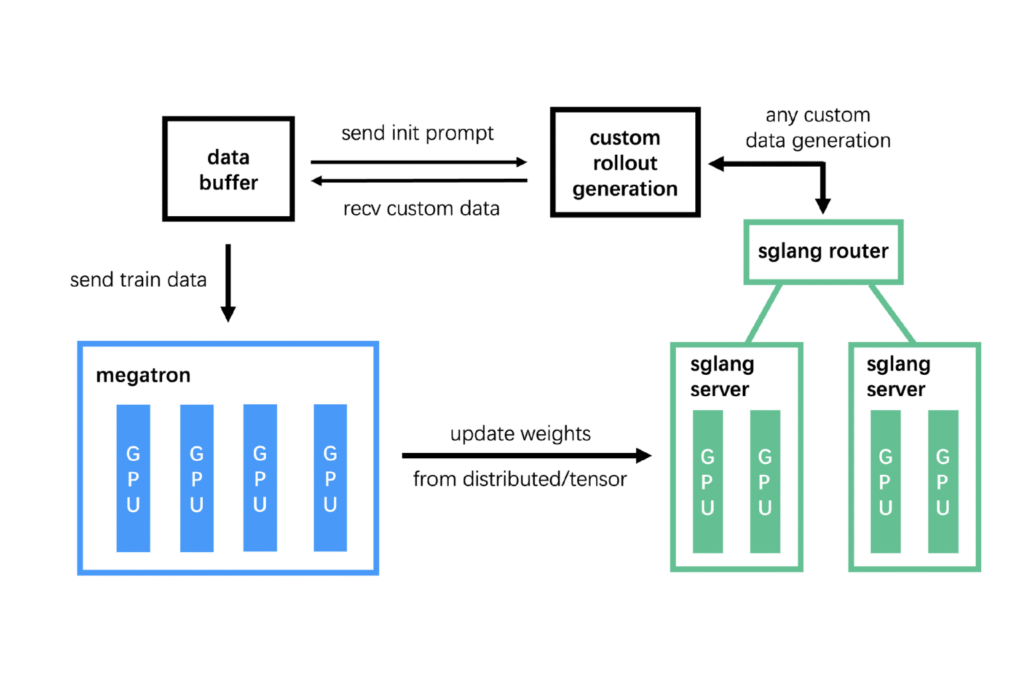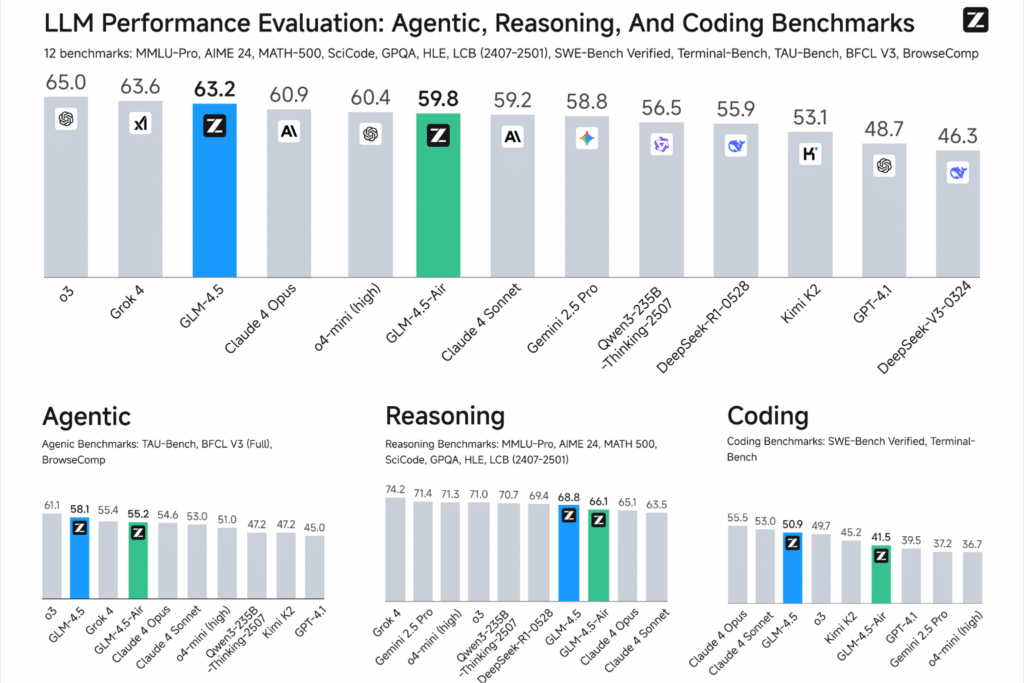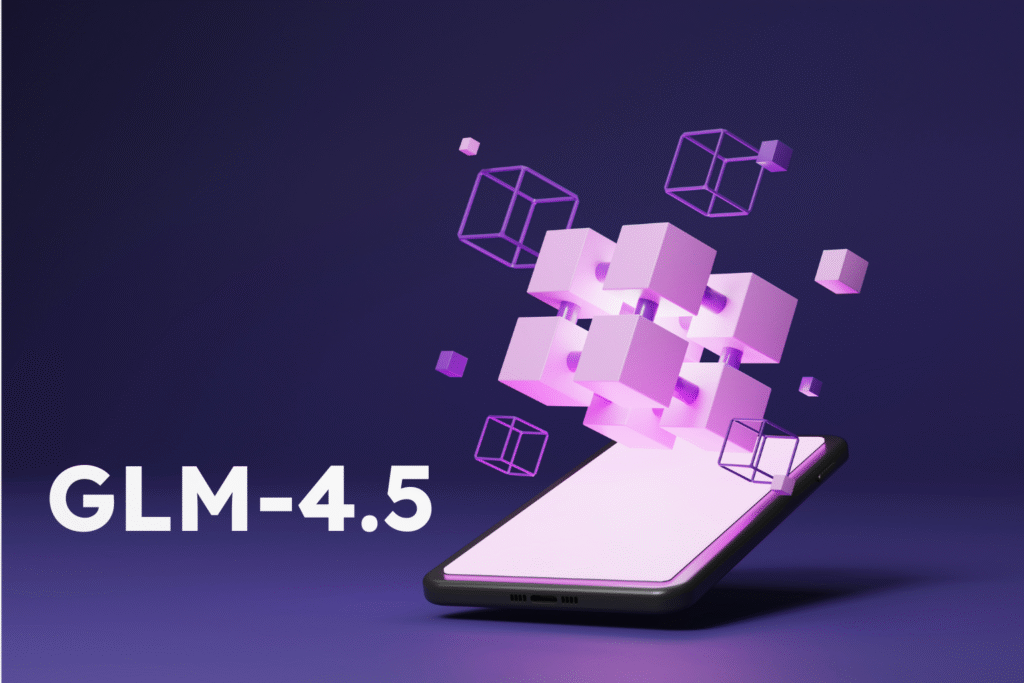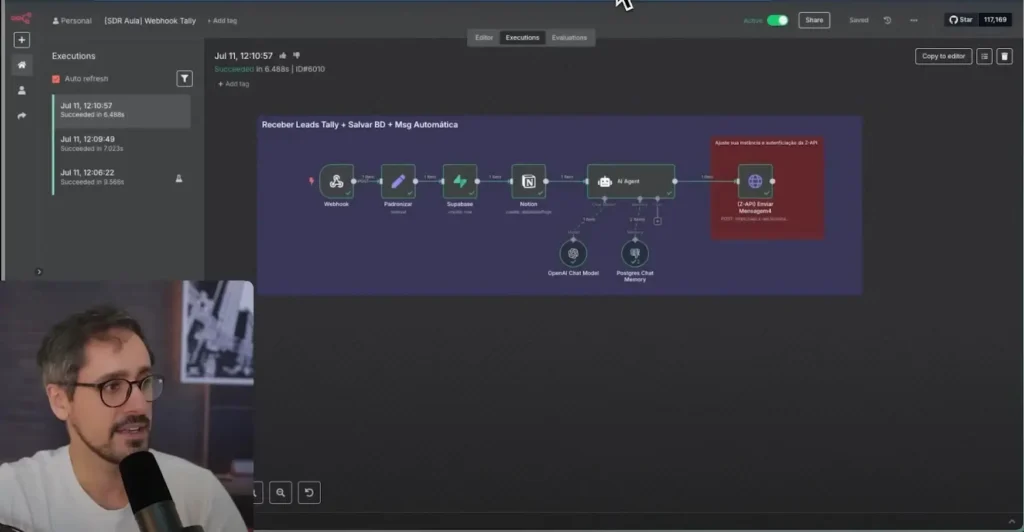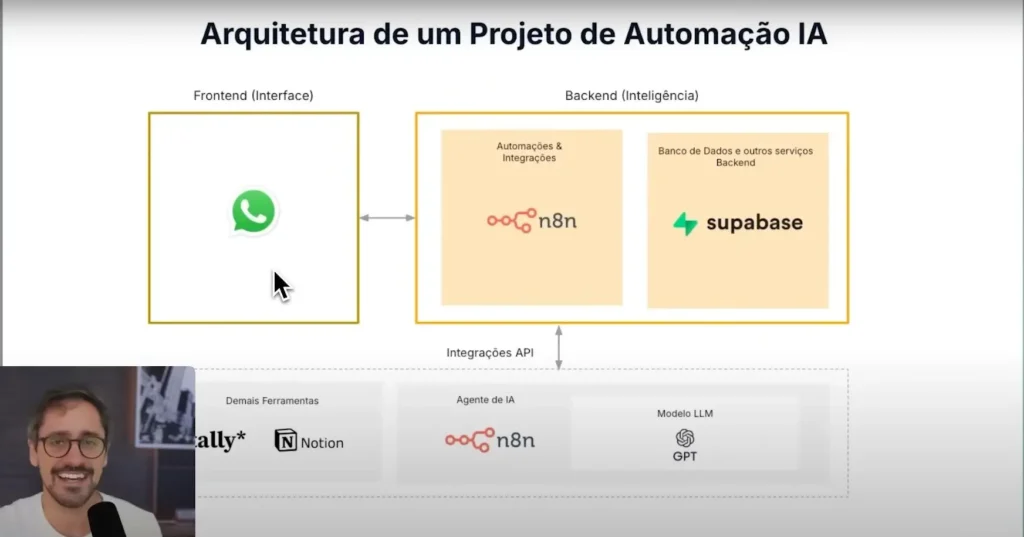Estimated reading time: 12 minutes
If you are thinking of having your own app, you are definitely wondering how to create an app. and If you are thinking that it is necessary to be a master of programming, we can already tell you that there are other possibilities, discover what is needed to create an app.
Today there are several platforms that allow the creation of apps without the need to write a line of code (learn more about what is no-code). So, if you have a good idea in your head but don't know how to program, you can put it into practice anyway!
In this article you will discover the essential steps of how to create an app and be successful in the market.

What are the steps to create an application?
7 Steps on how to create an application
Define your goals
Answer the question: what problem am I solving and what will be the benefit that users will have when using my application?
Do a market survey
Evaluate the market before leaving for the hand in the mass definitively. Conduct a market analysis focused on the niche you intend to operate.
Search existing solutions
Carry out a more detailed study of your competitors, knowing their strengths and weaknesses in depth.
Set goals metrics
Define goals that support the tracking of development results and the application itself.
Decide on your app's features
You don't need to start with a super complete version, so think about what the main features will be that you will offer your users.
Create an MVP
Bet on a minimal model to validate your product and confirm that it is really scalable in the market.
guarantee the quality
Evaluate your app's proper quality parameters for proper functioning and perform the appropriate tests.
Define your goals

if you want to know how to create an app, the first step is to know what your goals are.
That is, what do you want to achieve with the development of this app. It is at this point that you will think of an outline of your project.
What will the area be? Health, wellness, finance, lifestyle, leisure. Think about what you want to do and who you want to offer this application to.
Answer the question: what problem am I solving and what will be the benefit that users will have when using my application? Work on it, because, at the end of the day, your app it needs to be useful for something in the person's daily life.
Do a market survey
Even if you have an interesting and purposeful idea, you need to evaluate the market before going for real.
This is even more important when your main goal with all of this is to make money – which turns out to be most people's main goal.
Therefore, you must carry out a market analysis focused on the segment of apps and aimed at the niche you intend to act.
From there you will be able to have a more complete view of the target audience, demand and the like.
You can even develop a app super cool, but it won't have the visibility it deserves if there isn't a market to download your program.
That is, it is necessary to unite the best of both worlds: an interesting idea + a market that has demand.
Bearing in mind that it is interesting to evaluate the market in general and then focus more on the area of application development.
Many times it may seem not to have much demand thinking about the app occasionally, but the market in general is large. By developing a good solution you can grow a lot.
Practical Example:
Imagine you want to create an appointment scheduling app for beauty professionals, such as hairdressers, manicurists, and makeup artists. Your market research should start with questions like:
- Who are the main users of this type of app? Independent beauty professionals and their clients.
- Do these professionals already use any apps? Identify competitors like “Bling” or “Shedul”, which already serve this public.
- What are the pains of these professionals? Difficulty in organizing schedules, lack of a simple way to communicate with customers and manual payment management.
- Is the market growing? Data shows that the beauty and wellness sector continues to expand, with more professionals moving into self-employment.
Based on these answers, you will have a clear view of your target audience, competition and existing demand.
This prevents you from investing time and money in an idea with no market and increases your chances of success.
Search existing solutions
During this time you can carry out a more detailed study of your competitors.
One of the big mistakes of those who are starting in the market is not looking at their competitors.
From this assessment you will be able to assess what are the strengths and weaknesses of each one. Absorb everything that is interesting and bring it to your application (but, if possible, in an improved way) and bring a solution for each negative point that was raised.
In addition to downloading and frequently using each app of the competitor, it is essential to evaluate the comments of the users.
This turns out to be easy, because in the app store itself there are open comments from users. From this assessment it is possible to find feedbacks valuables of what you should and shouldn't do with your app.
It is also valid to say that this analysis of competitors must be constant, as the tendency is for them to innovate and seek to improve their products.
If you pay attention, you have a greater dimension of how they are using new technologies. And, remember: never underestimate your competitors, no matter how inferior they may seem.
Common Applications in the Beauty and Appointment Services Niche:

- Fresha: Scheduling platform for beauty and wellness professionals, with payment integration and inventory management.
- Strong Point: Simple interface and complete management.
- Weak Point: Fees apply for use of some features.
- Bling: Financial management and scheduling app, very popular among microentrepreneurs.
- Strong Point: Integrated financial control.
- Weak Point: Complex interface for new users.
- Easy Agenda: Simplified scheduling solution, ideal for freelancers.
- Strong Point: Simplicity and accessibility.
- Weak Point: Few customization options.
- Booksy: Focused on appointments for beauty professionals, with integrated marketing resources.
- Strong Point: Marketing and customer loyalty resources.
- Weak Point: High costs for small businesses.
- StyleSeat: Aimed at beauty professionals in the US, with integrated scheduling and payment.
- Strong Point: Payment integration directly into the app.
- Weak Point: No support in Portuguese.
How to Analyze These Apps:
- Download and use each app: Evaluate user experience, navigation and functionality.
- Read user reviews: Identify recurring complaints and see what users praise most.
- Test customer support: Check the speed and efficiency of the service, which is a competitive advantage.
- Analyze the business model: Check if the app is free, has premium plans or charges a commission.
With this information, you can create an application that not only offers the best features of your competitors, but also solves the main pain points they leave open.
Set goals metrics
This step is very important not only to know how to create an app, but for any type of endeavor you intend to engage in in your life – and it goes even for personal goals.
When we do not define our goals, when they are generalist or when they are only valid for the final result, most likely you will be discouraged with the project, in addition to being left without adequate direction.
It is very important that you set goals for where you want to go and also bring the way in which you intend to do this.
Remembering that goals not written in stone can be changed over time to what makes the most sense.
Even at the beginning of the business it is common to set goals that do not correspond to reality because there is a lack of experience in that market.
So before creating an app, learn how to set your goals so that they help you and not the other way around.
Decide on your app's features
Once you have a more established and solid idea, it's time to start thinking how to create an app.
The first step is not to start developing, but to think about the resources your producer will have.
You don't need to start with a super complete version, so think about what the main features will be that you will offer your users.
Having this well defined is important to know where to start your application development project.
Create a minimum viable product (MVP)
You will hardly develop a product that will be perfect in the first version, even if you know all the steps of how to create an app.
And that doesn't just apply to apps, but to any type of project as well.
To minimize errors or wrong strategies, it is always more interesting to bet on a minimal model to validate your product and confirm that it is really scalable in the market.
Test your own app
It is very important that you have a structured process for carrying out tests, because that way you will be able to discover which are the bugs and details that can be improved to bring better user experience.
Being a program it will always be subject to the bugs, but you should always try to resolve them as quickly as possible so that users can browse your website normally again. app.
These were some considerations about creating applications for mobile devices or even other devices.
Quality assurance
Have a guarantee of the quality of your product. Your application it really must be good and solve the pain that it proposes so that, in fact, it has the due prominence in the market.
And what would be a good app? Leaving aside the question of its objective, for it to be considered of quality there are some parameters to take into account, such as:
- Ease of access
- lightweight app
- Run on different systems
- be intuitive
- be responsive
- Have one design nice
- Possibility of integrations
- Follow all the rules of the LGPD (General Data Protection Law)
- Facilitate the user experience
- And stuff like that
If your app If you have all this and still a great idea, then it will definitely be well accepted in the market.
Ways to create an app
Already knowing the essential steps of how to create an application, you may still be wondering how what are the possibilities to actually create your application.
Hire self-employed professionals
You can choose to hire independent professionals to run part of the application or to fully create it.
Hire a specialist company
Such companies have great know-how in creating applications, whether simple or complex. This option tends to be more expensive than the others.
Develop yourself with tools in code
Today you no longer need to know a programming language to develop your own application.
making use of no-code tools you can create your app yourself in a few weeks instead of months and save a lot of resources.
Know more about the ways to create an application in our article.
Now that you know how to create an app, how about starting to better structure your idea to get it off paper?
Additional Content:




